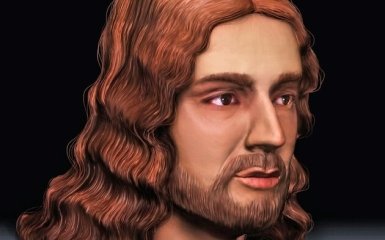Artificial intelligence conducted a detailed analysis of the painting Madonna of the Rose by the famous artist Raphael Santi and came to an unexpected conclusion — it was not painted by one person.
Raphael's painting Madonna of the Rose is still a cause for debate
The painting, which was created more than half a millennium ago, in 1518, is now in the Prado Museum in Madrid.
According to experts, despite the fact that most of the painting is indeed by Raphael Santi, Joseph's face could well have been painted by another hand.

The version that master student Giulio Romano was involved was discussed for quite some time.
In addition, experts noted that the quality of the Madonna and Child and Saint John is much higher than that of Saint Joseph. Now artificial intelligence has confirmed this.
That is why Professor Hassan Ugail, the Director of the Centre for Visual Computing and Intelligent Systems at the University of Bradford (UK), decided to create a neural network capable of recognising authentic Raphael's works with an accuracy of 98%.
Using in-depth feature analysis, we used images of actual paintings by Raphael to teach the computer to recognise his style in the smallest detail, from brushstrokes, colour palette, shadows, and every aspect of the work. The computer sees much deeper than the human eye, at a microscopic level, the British professor explained.
What AI learned after studying Raphael's painting Madonna of the Rose
Artificial intelligence has discovered that Madonna of the Rose was not painted by Raphael alone. So, it is likely that it was indeed created in collaboration with his student Giulio Romano.
In addition, it turned out that the mysterious painting the de Brecy Tondo which bears a resemblance to the Sistine Madonna, was actually painted by Raphael.
According to scholars, this analysis of Raphael's work is objective and quantifiable.
The works of other artists can be investigated using the same technique, and this is the aim of future research, said Dr Christopher Brooke, Honorary Research Fellow at the University of Nottingham.

